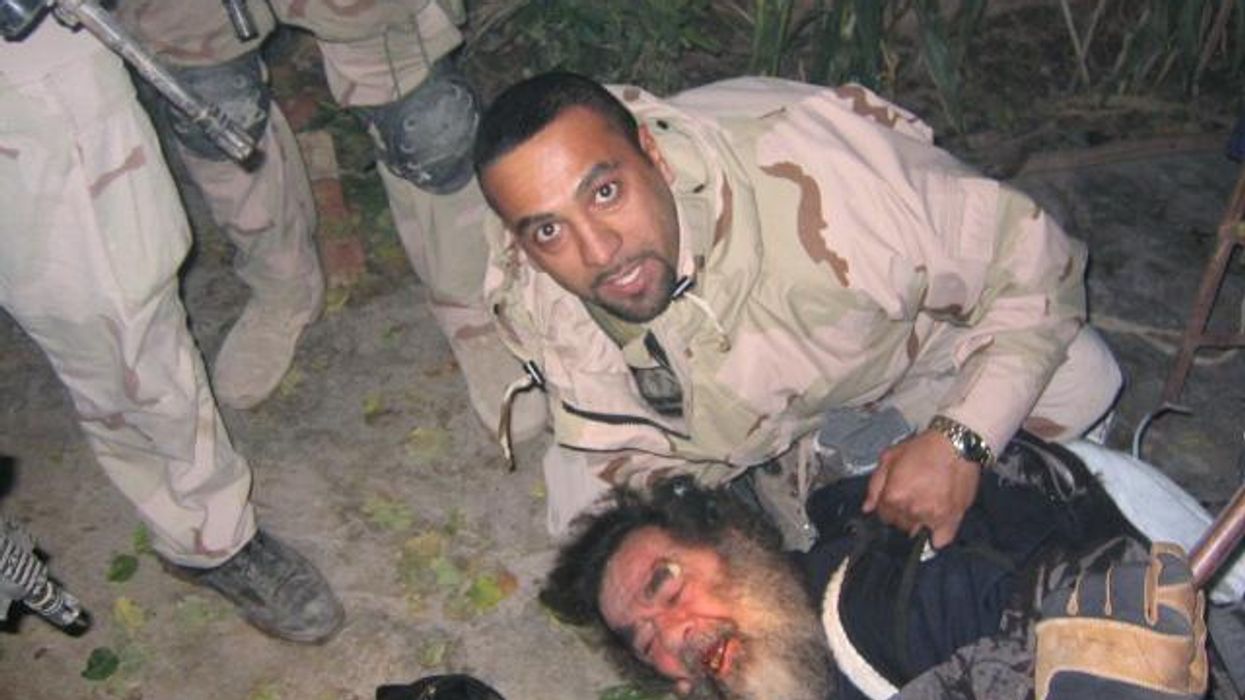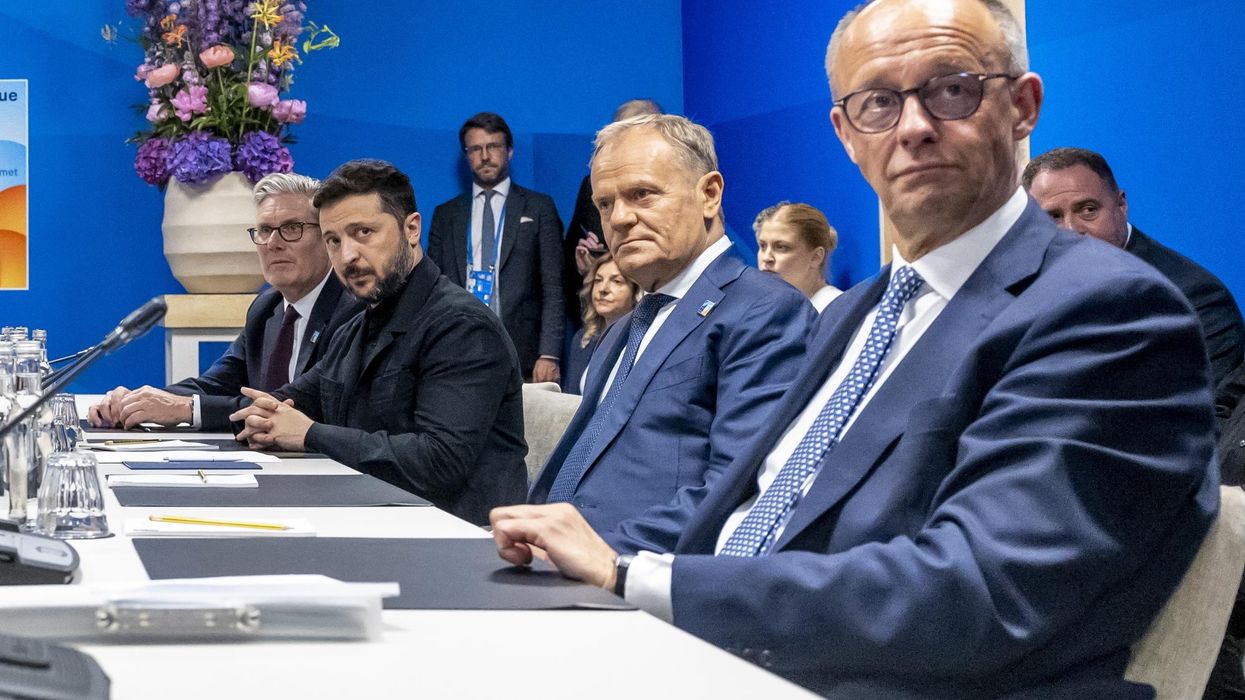June 12 marks the two-year anniversary of the Singapore Summit between United States President Donald Trump and North Korean leader Kim Jong Un. Despite the significance of this occasion when the sitting leaders of both countries met in person for the first time in history, little concrete progress has been made on U.S.-North Korea relations. North Korea’s nuclear weapons program is still intact, significant sanctions on North Korea remain in place, the two countries do not maintain diplomatic relations, and the Korean War still has yet to formally end.
While the possibility always exists for rapid change in North Korea — the rumors regarding Kim Jong Un’s health earlier this year were a reminder of this — the United States needs to be prepared for the possibility that the deadlock in U.S.-North Korea relations may last for some time to come. To break this cycle, it is necessary to invest in new ideas, listen to new voices, and build a foundation that develops well-informed future policy leaders.
There are numerous ways to expand the knowledge of the public and future policymakers about North Korea and improve our government’s strategy on North Korea policy. Current policymakers should take steps to ensure that researchers, the media, and the general public have access to information that will enhance their understanding of North Korea which in turn could lead to more innovative policy ideas.
An initial step to give individuals outside of government more resources for understanding and analysis of North Korea is to grant public access to the Open Source Enterprise. Granting more access to this information will not jeopardize national security and will also give reporters and analysts more insight and sources of information that will hopefully help them to provide more accurate, comprehensive, and illustrative information to the public as well as policymakers.
Given the opaque nature of North Korea and the lack of robust contact between North Koreans and Americans, we should be prepared to accept that there will be significant “known unknowns” when seeking information about the country, though access to this information will help to enhance the understanding of the country for both experienced North Korea watchers and members of the public alike.
The pragmatism of the current strategy on North Korea should also be examined. A thoughtful, well-researched, and articulate strategy that is reinforced by policymakers and bureaucrats who are knowledgeable about North Korea will be necessary to bring about lasting and positive change.
Just as the hurried decision in 1945 by Charles Bonesteel and Dean Rusk to divide the Korean peninsula at the 38th parallel brought consequences that play out to this day, it is imperative for policymakers to act mindfully with a whole of government approach and not on impulse to some of our most vexing policy issues such as North Korea.
A leader-to-leader approach is necessary and can play a vital role in diplomacy, particularly when engaging a country like North Korea where the leader wields such a great deal of power. Yet it is also only a portion of a comprehensive strategy.
North Koreans are acutely aware that American presidents are limited to two terms in office. A friendly relationship with one president is by no means guaranteed to carry over to that president’s successor. Basing a strategy solely around those personal relationships without providing space for principled engagement at other levels is a myopic way to attempt to build a better relationship with Pyongyang.
A more comprehensive strategy that embraces principled engagement by no means promises that North Korea will lose all of its opacity, especially when it comes to the country’s leadership. However, it does potentially promise new sources of information and intelligence that may better inform our policymakers. And over time, that engagement may start to build trust, an element of the U.S.-North Korea relationship that has consistently been absent. And while there is always a chance of rapid change in North Korea, including with its leadership, we should prepare for the very real possibility that Kim Jong Un could also remain in power for some time to come.
Historian Bruce Cumings related a story of his first trip to North Korea in 1981 when Kim Il Sung was still alive. A Soviet official asked for his thoughts about Kim Jong Il who was already the heir apparent to Kim Il Sung. The official then remarked, “You should come back in 2020 and see his (Kim Jong Il’s) son take power.”
In the nearly 40 years since that prescient comment was made, North Korea endured famine, sanctions, threats of “fire and fury,” and diplomatic isolation among myriad other challenges to its existence. Yet today in 2020, Kim Jong Il’s son is firmly in control of North Korea, and the Soviet official was incorrect only on the year in which the transition of power took place.
Whether there are rapid changes in North Korea in the near future or 2060 arrives and one of Kim Jong Un’s children is in power, American policymakers should develop a strategy to ensure we aren’t still in the decades-long stasis in which we have found ourselves with North Korea. The two-year anniversary of the Singapore Summit is an opportunity to reflect on our current North Korea policy and lay the groundwork for a strategy that can bring about real change.
















